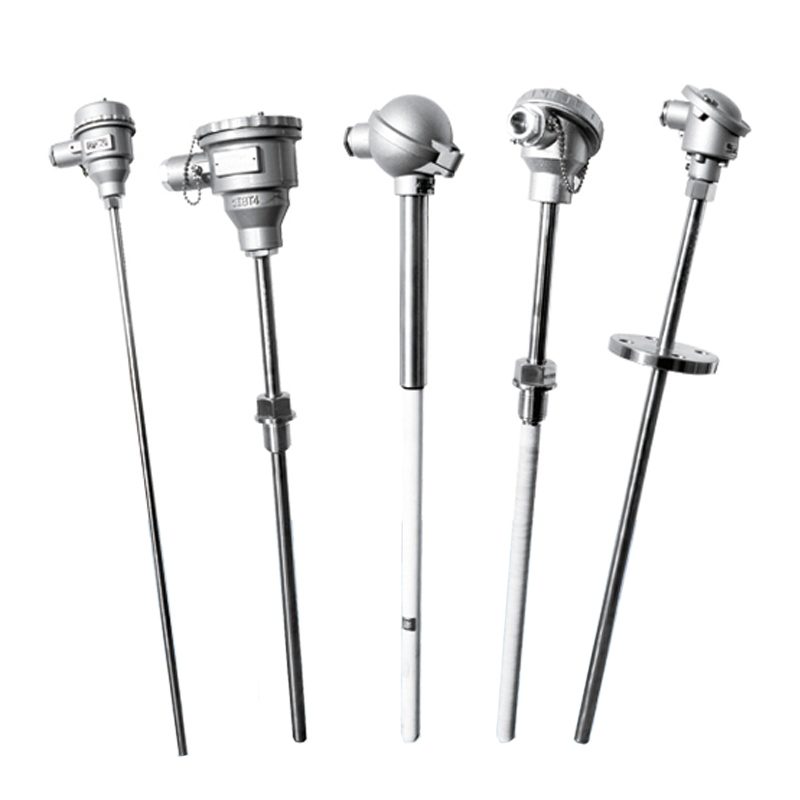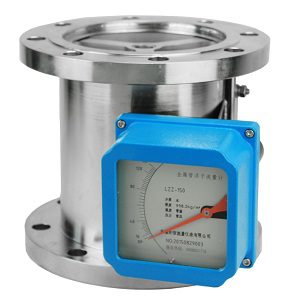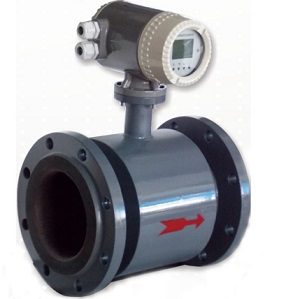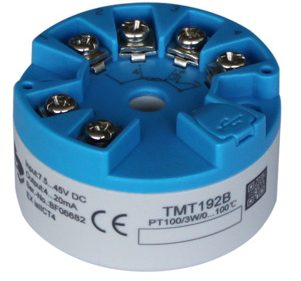Resistance Thermometer Detector (RTD)
A Resistance Thermometer Detector (RTD) is a temperature sensor that operates on the principle of the change in electrical resistance of a metal wire as a function of temperature. It is commonly used in industrial and laboratory applications that require accurate and precise temperature measurements.
An RTD typically consists of a fine metal wire, such as platinum, nickel or copper, wound around a ceramic or glass core. The wire has a known resistance at a reference temperature, typically 0°C (32°F) or 100°C (212°F). As the temperature changes, the resistance of the wire changes proportionally. This change in resistance is then measured using a Wheatstone bridge circuit, which converts the resistance change into an electrical signal that can be displayed as a temperature reading.
The advantages of RTDs over other types of temperature sensors, such as thermocouples, include higher accuracy, stability, and repeatability, as well as a wider temperature range. RTDs are also more suitable for applications that require precise measurements, such as in the pharmaceutical, food, and beverage industries.
One limitation of RTDs is their relatively slow response time compared to other temperature sensors. This means that they may not be ideal for applications that require fast and dynamic temperature changes.
Overall, an RTD is a highly accurate and reliable temperature sensor that is commonly used in industrial and laboratory applications. Its precise measurement capabilities make it an ideal choice for applications where temperature accuracy and stability are critical.
Read more: https://www.silverinstruments.com/product/temperature-measurement/temperature-sensor/





